Head of Consultancy & Projects
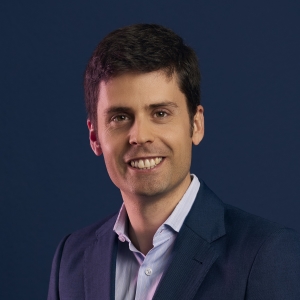

Jorge Casanova

Jorge Casanova
Head of Consultancy & Projects
We offer specialised Air Traffic Management Consultancy Services that are designed to meet the needs of today’s complex aviation industry. As air traffic increases, ensuring safety and efficiency is our top priority. Our ATM expert consultants provide guidance on optimising operations, implementing advanced technologies, and meeting international safety standards. We work to enhance safety by improving ATM systems, optimising flight routes, and upgrading communication infrastructure. Additionally, we focus on operational efficiency, helping your organisation streamline processes, reduce delays, and improve the passenger experience. Beyond safety and efficiency, we assist with regulatory compliance, ensuring that your organisation is prepared for future challenges in the aviation industry. By partnering with us, you can navigate the complexity of modern Air Traffic Management, resulting in safer and more efficient skies. Our proactive approach ensures that your organisation stays ahead in a rapidly evolving industry, ultimately benefiting both passengers and the broader aviation community.

We are your perfect contact for tailored ATM consultancy solutions! From airspace design and airside operations optimisation to cutting-edge services like Remote Tower Solutions as well as Urban and Advanced Air Mobility, our expert consultants deliver personalised support for your unique needs. Explore our portfolio across 30+ services, spanning operational guidance to conceptualisation and implementation. Contact us today for customised consultancy in air traffic management!
Jorge Casanova
Head of Consultancy & Projects
ATM Consultancy
Contact us today to discuss your needs and discover how our expertise can elevate your operations.
Streamline Your Air Traffic Management with Expert Consultancy
Privacy Notice
When you contact us via the email link provided above, any data you submit (e.g., your email address and the content of your message) will be used solely for the purpose of processing your inquiry. Your data will not be shared with third parties and will be deleted once the communication is completed, unless legal retention requirements apply. Please note that data transmission via email may occur without encryption, which can pose security risks. For confidential information, we recommend using secure communication channels. For more details, please refer to our Privacy Policy.
ATM Consultancy
Dedicated operational experience as a certified Air Navigation Service Provider in Germany and the UK
Large pool of experts from the DFS Group around the German ANSP DFS Deutsche Flugsicherung, as one of the most experienced ANSPs worldwide
Numerous international projects in more than 70 countries since 1995
Close collaboration with industry partners worldwide and in ATM organisations such as CANSO, ICAO, EUROCONTROL and ACI
ATM Consultancy
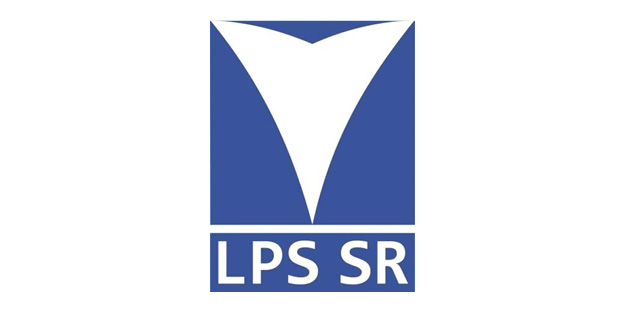

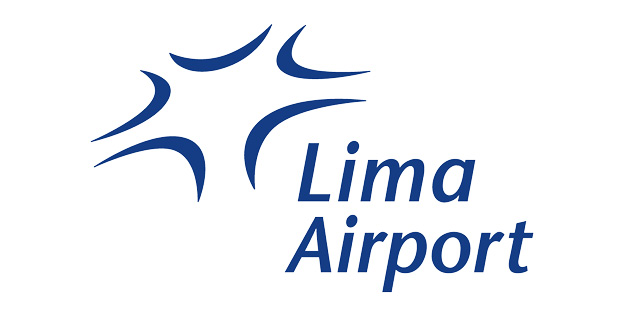

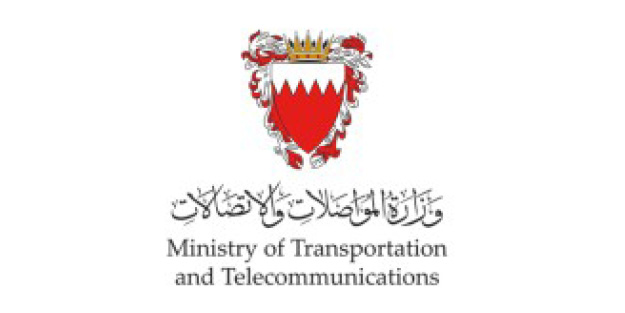



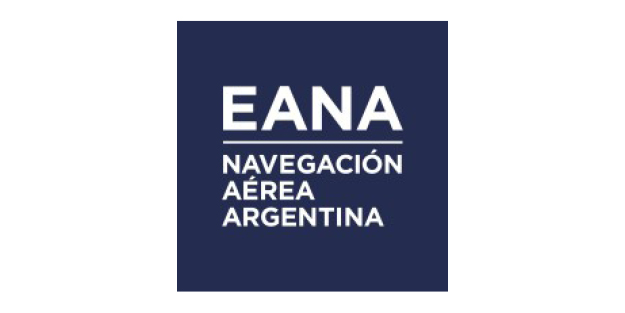

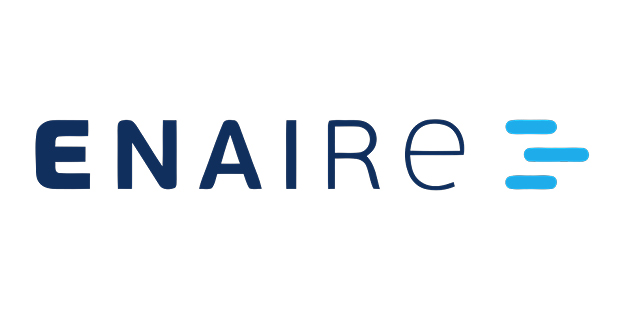

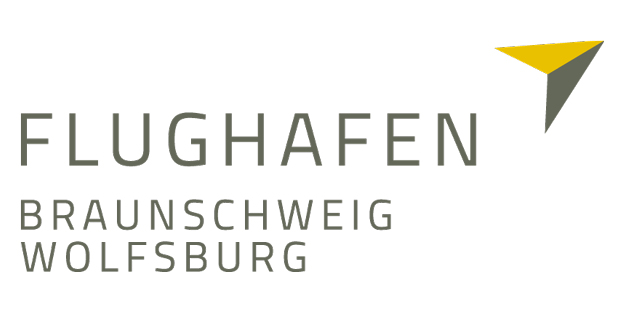

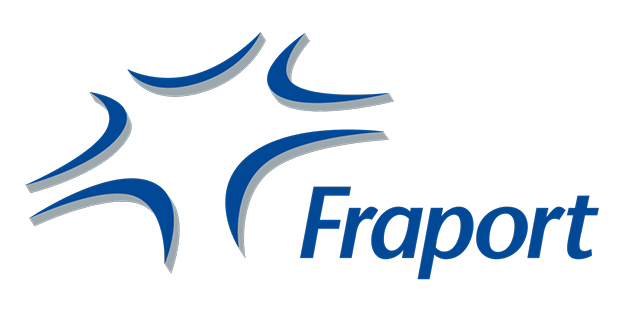

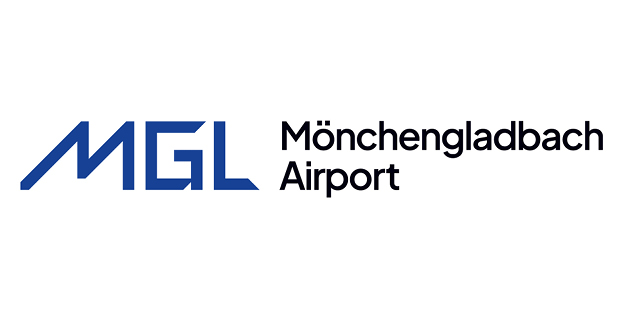

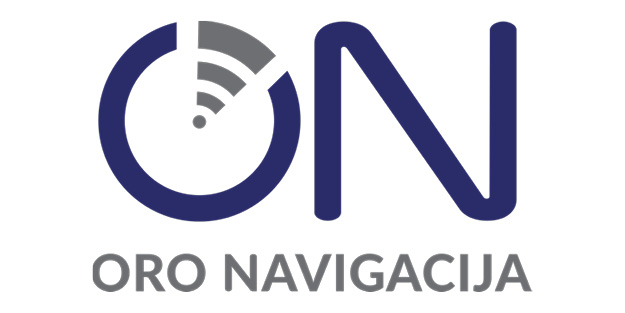



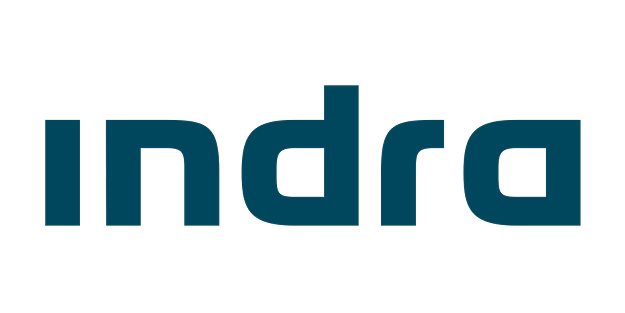

ATM Consultancy
Project Reference
Studies: Aeronautical & Feasibility
Feasibility Study for the establishment of a separate dedicated Apron Management Services (AMS) unit
America
A major airport in America with two parallel runways wants to grow further to achieve the plans defined within its Master Plan. Necessarily this means that air traffic services need to accompany in this road of growth, so that it can operate more than the current over 300,000 annual aircraft movements.
One of the actions that would enable such growth was the specialisation of roles in regard to air traffic services, and precisely the establishment of a separate dedicated unit for Apron Management Services (AMS). This new unit would alleviate the incumbent air traffic control unit, so that their resources can focus on the taxiway and runway system.
DFS Aviation Services was contracted to assess the feasibility of establishing a separate dedicated unit for Apron Management Services (AMS), which would consider the specifics of the status quo within that airport, the proposal of how the new service could be (operationally and financially), its potential location, technology and ATM-Systems, and a detailed action plan and schedule to implement the new service. The outcome of the project enabled the customer to make an informed decision on whether to maintain AMS within the ANSP, or whether to externalise it.
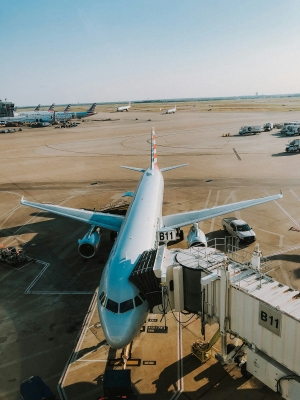
©Unsplash, Igor Menezes
Project Reference
Airspace, Route & Procedure Design, Simulation & Consultancy
BAIRES TMA Redesign and Implementation

Buenos Aires, Argentina
The BAIRES TMA in Argentina, which handles 50% of the country’s air traffic, underwent a redesign and implementation. By introducing Performance Based Navigation (PBN) procedures and satellite navigation, the project aimed to enhance safety, capacity, and efficiency while reducing emissions and noise. DFS Aviation Services (DAS) played a key role in this ambitious international consortium project, achieving impressive results such as an 89% reduction in IFR-IFR conflicts and a 99% decrease in departure delays.
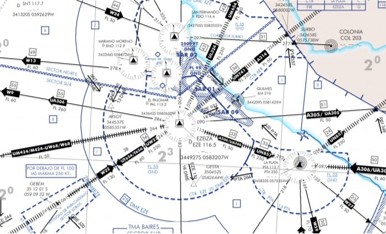
Project Reference
Capacity & Consultancy
Airfield Capacity Assessment Study for Doha International Airport
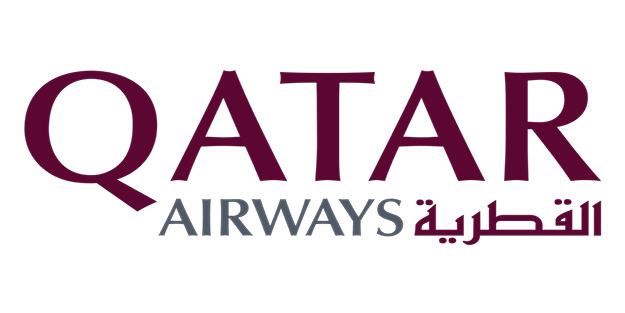
Qatar
Despite the development of a new airport in Doha (Qatar), the need of increasing capacities at the airport in use was mandatory due to a future undefined simultaneous use of both airports. Furthermore, Qatar’s national carrier, Qatar Airways, was constantly expanding with a growth rate beyond industry average.
Therefore, the project aimed at examining the existing system and identifying constraints in order to give customised recommendations for implementing improvement in and conducting optimisation of procedures and capacities to QR.
DFS Group was contracted to identify existing airfield capacity constraints at Doha International Airport (DOH), review existing procedures and processes of DOH, recommend a Declared Runway Capacity value, provide recommendations to enable an optimization and mitigation of operational capacities at DOH; and provide recommendations for capacity enhancement measures to be implemented in the short term.
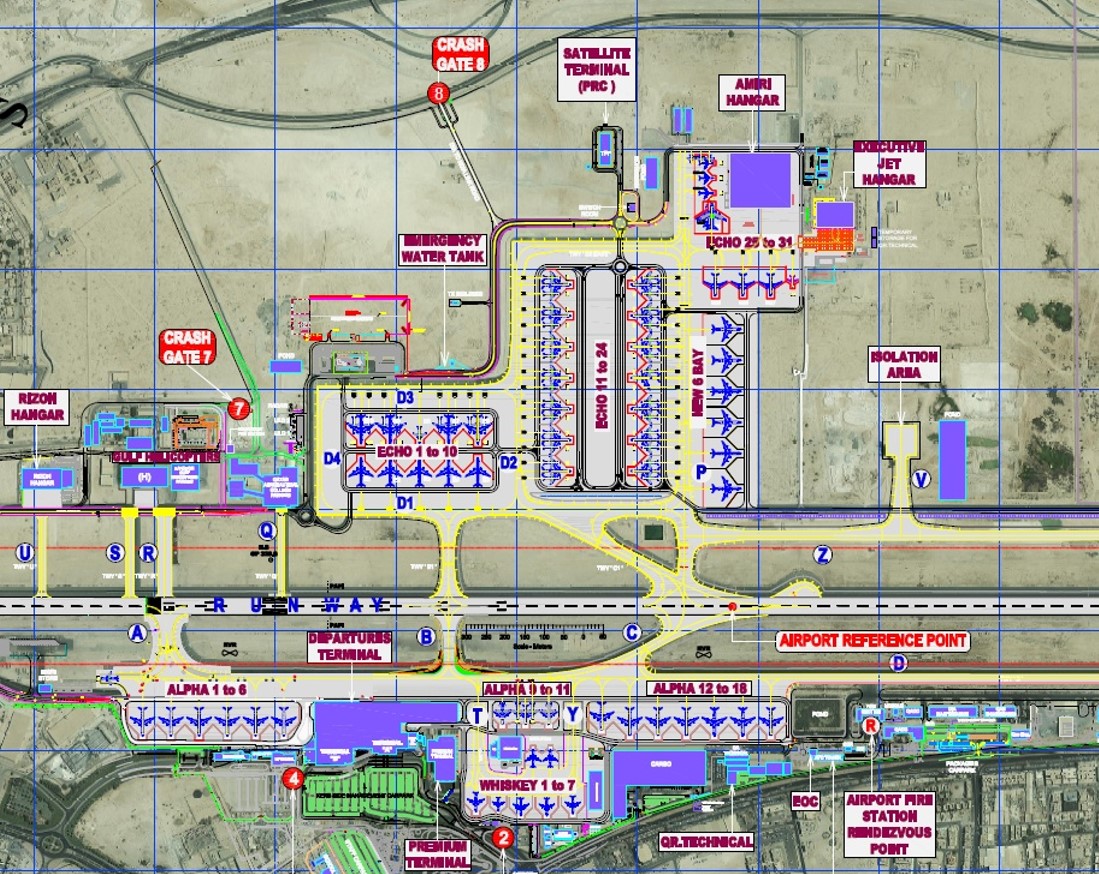
Project Reference
Construction & Operation of the second Remote Tower Control-Center in Germany
Construction of the Remote Tower Control (RTC) Center Lower Saxony
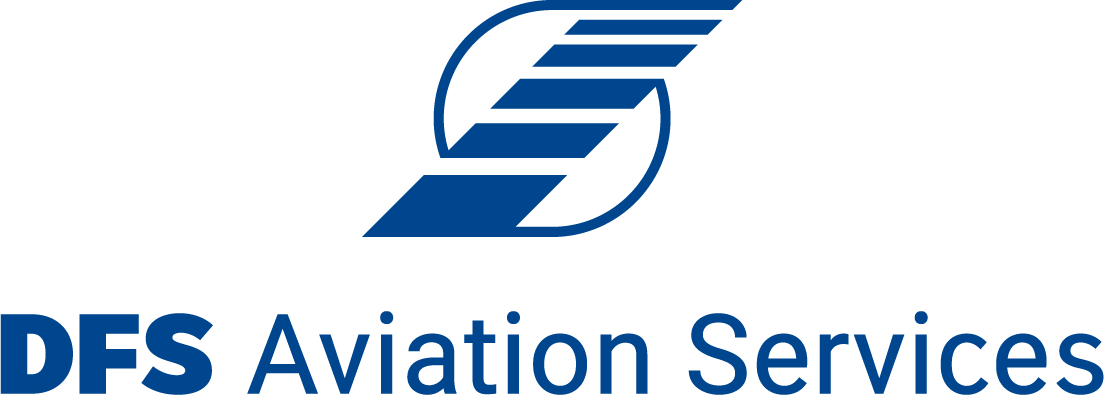
Niedersachsen, Germany
Construction of a Remote Tower Control (RTC) Center in Braunschweig with Emden & Braunschweig-Wolfsburg as first airports to be connected to the RTC Center. There is the potential to integrate up to 4 additional airports in the future. The control center is scheduled to go into operation at the Braunschweig site in 2024 and will be the second RTC Center in Germany.

© DFS Aviation Services
Project Reference
System Transition
ATM System Transition due to relocation

Bahrain Civil Aviation Affairs, BCAA
The Bahrain Civil Aviation Affairs (BCAA) has been planning to move its existing ATS facilities and services to new premises. Indra decided to rely on the experience and know-how of DAS for the development of the Safety Case documentation for the change implementation of the entire new iCAS (iTEC Centre Automation Systems) ATM system, the training plan for the operational staff and the required transition. The DAS Safety Case conducted in close collaboration between DAS and DFS Aviation Services Bahrain aimed at ensuring that the safety standards required by the BCAA were maintained. The hazards arising from the changes to be made were systematically identified and a strategy to manage the safety risks arising from the consequences of the hazards was subsequently developed, implemented and evaluated.
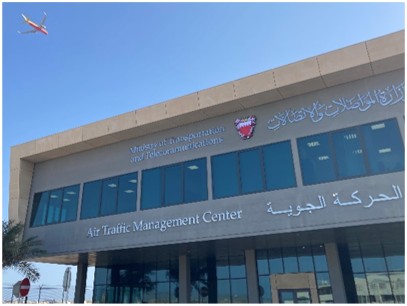
©DFS Aviation Services GmbH
Project Reference
Integration with manned aviation, Operational concept & Consultancy
Air taxi integration into EDLN CTR

Germany, Mönchengladbach
Since 2018, DFS Aviation Services has developed operational procedures to integrate VLOS UAS within controlled airspaces near aerodromes. These procedures, including cooperative and non-cooperative UAS, have been successfully implemented and approved by the German National Supervisory Authority.
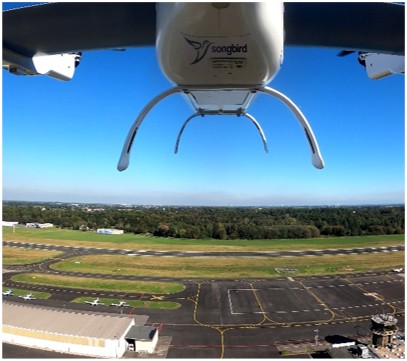
Experienced in-house air traffic system development, professional maintenance services and reliable data provision.
Experienced in-house air traffic system development, professional maintenance services and reliable data provision.
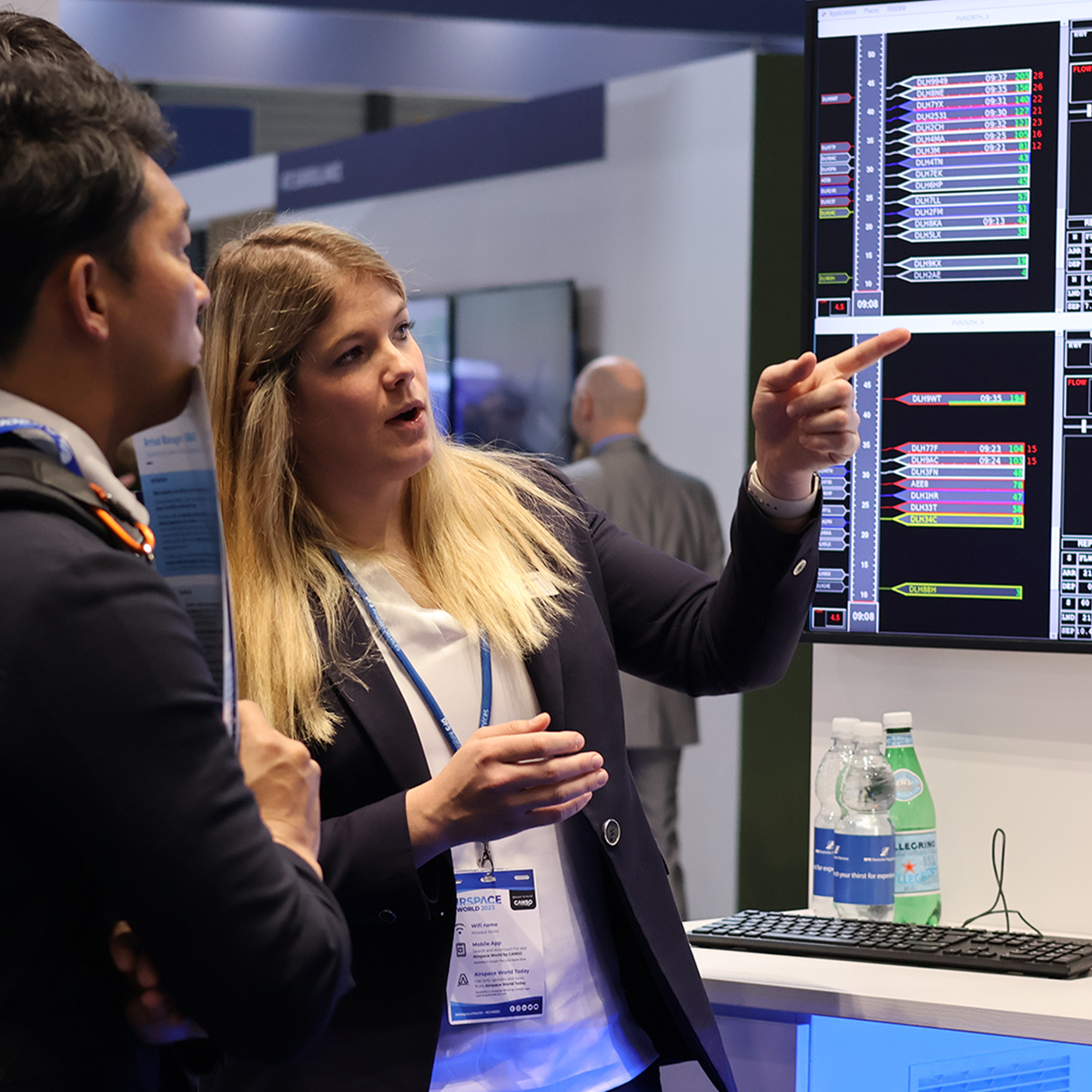
Tailored Air Traffic Control at a fair price.
Tailored Air Traffic Control at a fair price.
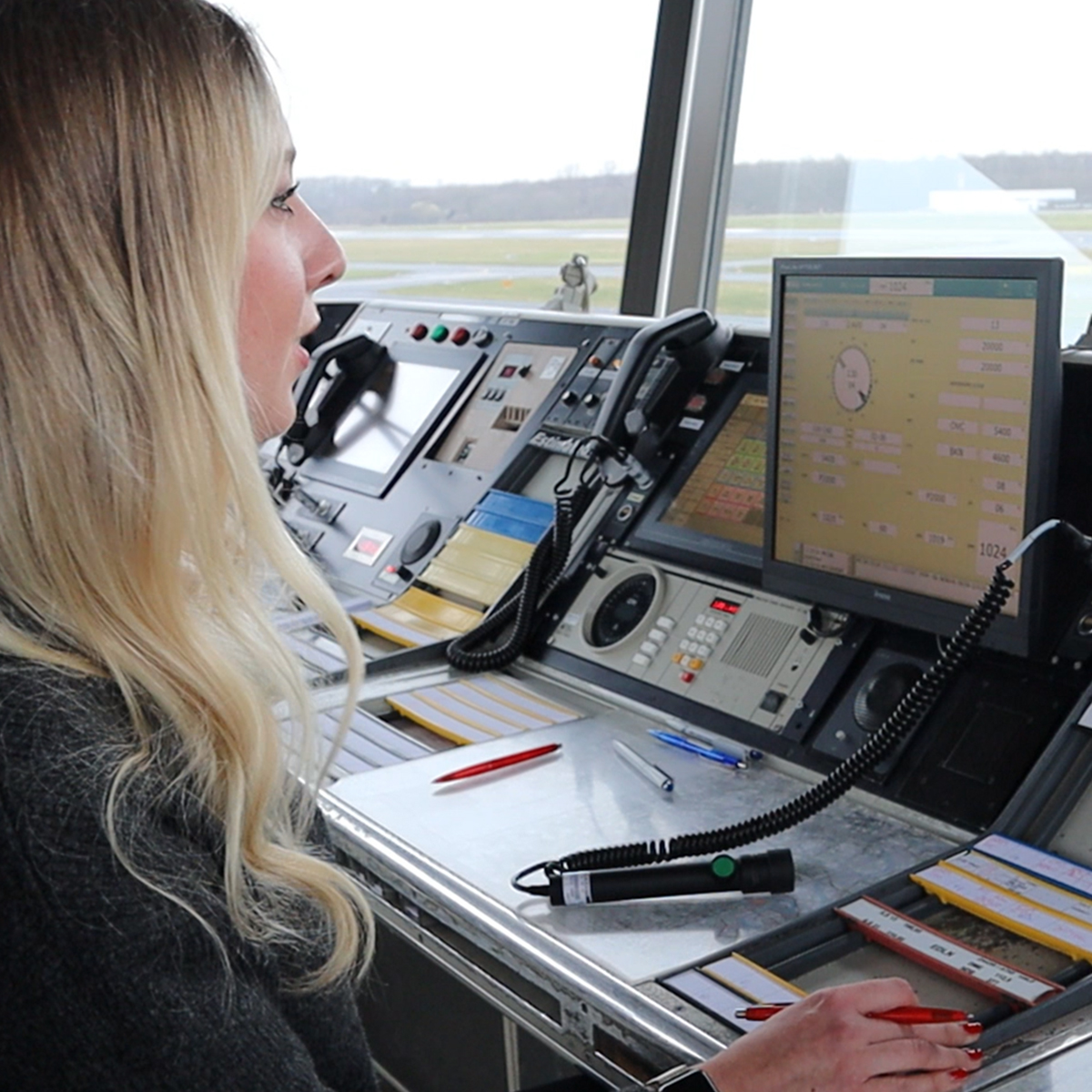
Professional ATM training at the DAS Aviation Academy (DAS A²).
Professional ATM training at the DAS Aviation Academy (DAS A²).
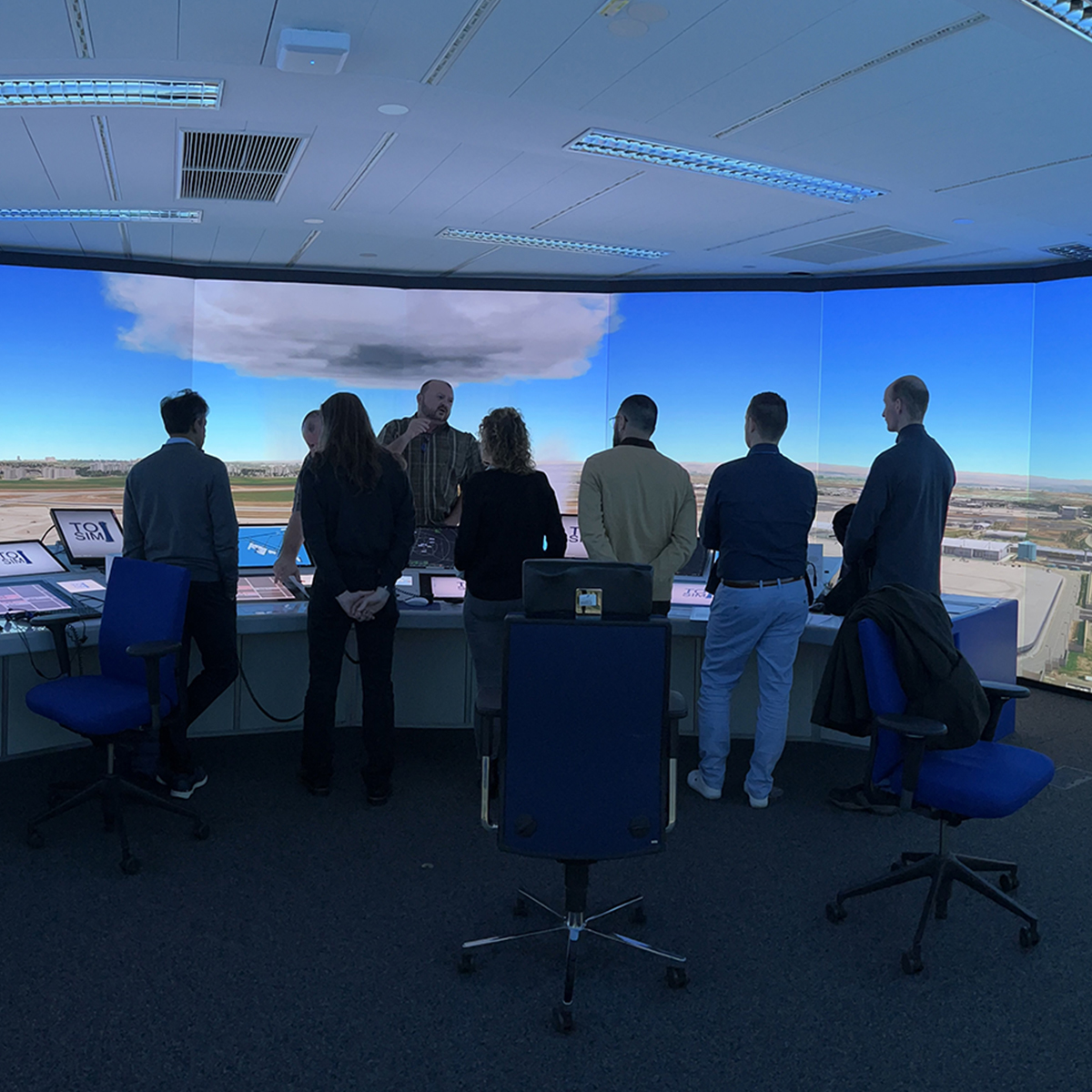
You need to load content from reCAPTCHA to submit the form. Please note that doing so will share data with third-party providers.
More InformationYou are currently viewing a placeholder content from Turnstile. To access the actual content, click the button below. Please note that doing so will share data with third-party providers.
More InformationYou are currently viewing a placeholder content from Google Maps. To access the actual content, click the button below. Please note that doing so will share data with third-party providers.
More InformationYou are currently viewing a placeholder content from Instagram. To access the actual content, click the button below. Please note that doing so will share data with third-party providers.
More InformationYou are currently viewing a placeholder content from X. To access the actual content, click the button below. Please note that doing so will share data with third-party providers.
More Information